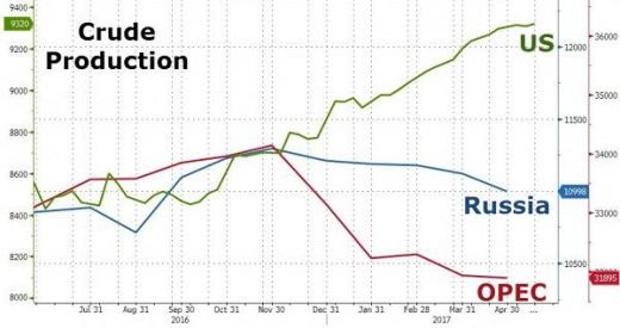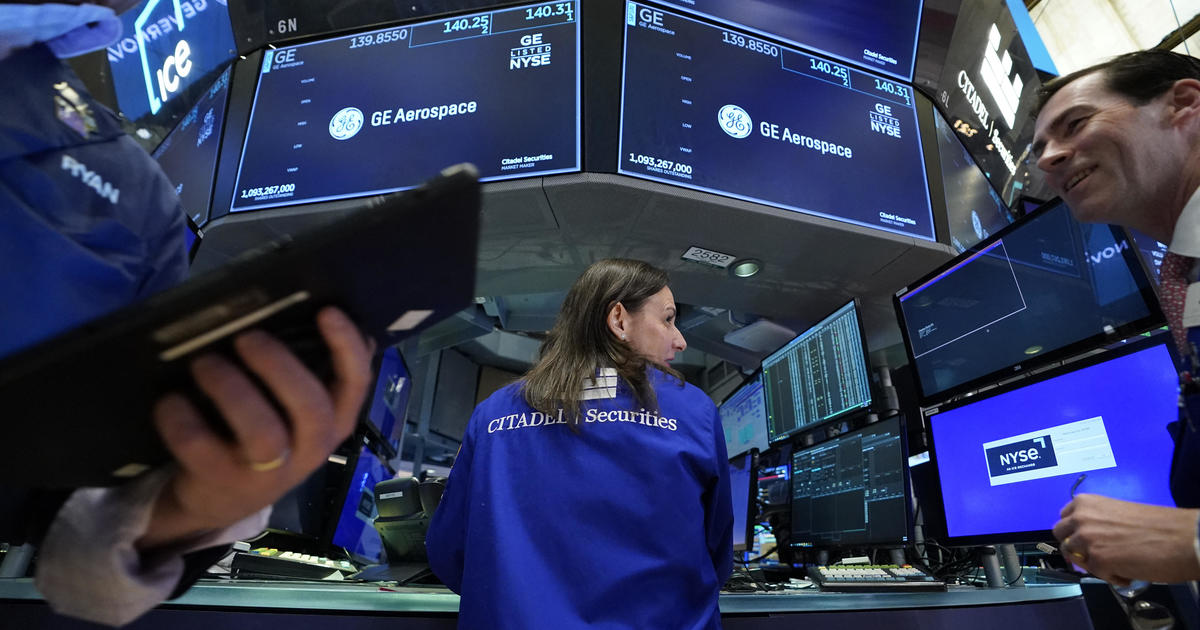Oil's price drop a gas for drivers, ghastly for energy investors
A decision by OPEC nations and key non-OPEC countries like Russia to extend their historic 2016 production-cap agreement by nine months disappointed energy traders who had hoped for a more dramatic cutback. Crude oil fell 4.8 percent Thursday to close back below the $50-a-barrel level, only the third decline of this size since last summer. The drop also ended a run of gains for crude oil, which had risen in nine of the past ten trading sessions.
Another washout looks likely now as global markets remain oversupplied, inventories are bloated, and U.S. producers have aggressively lowered their all-in production costs. That's great news for American drivers preparing their summer road trips, but it's bad news for energy investors.
Already, the Energy Select Sector SPDR (XLE) has lost more than 14 percent from its December high. Oilfield service stocks are getting hit the hardest, ostensibly on anticipation of a slowdown in drilling activity, with Halliburton (HAL) down more than 20 percent from its January high.
U.S. drivers should expect, at the least, an at-the-pump drop of around 30 cents -- which would return wholesale gas prices to their November low.
Energy investors' expectations were high that OPEC would announce something more than a nine-month extension -- perhaps a longer run, a deeper production cut, or the participation by additional countries (Turkmenistan had been thrown around as a possible candidate). Something, anything, to reassert control over global energy markets as U.S. shale producers have ramped up production over the past year, eroding the market share gains OPEC earned when it first launched its oil price war in 2014.
OPEC is clearly caught in a bind. A deeper cut would've boosted prices in the short term, only to encourage idled U.S. wellheads to be reactivated. Ending the production freeze could dramatically weaken crude prices, lowering overall revenue and raising budgetary pressure on oil-exporting nations like Iran and Russia. CME Group senior economist Erik Norland admits all of OPEC's options are bad and that a drop in oil prices to $35 wouldn't be a shock at this point.
While this cut could help bring the global energy market closer to balance -- depending on what U.S. shale producers do -- Goldman Sachs warns that oil oversupply will likely return upon the deal's expiration in early 2018.
The EIA says that shale production will grow by more than 800,000 barrels per day this year for an average annual output of 9.3 million barrels per day in 2017 and 10.0 million barrels per day in 2018. Canada and Brazil are bringing large shale projects online that could add another 400,000 barrels per day. Russia is increasing its Arctic drilling activity. And Kazakhstan, a non-OPEC country that like Russia played along with the production cap agreement, has failed to comply.
Even OPEC countries are gearing up. Iraq is targeting 5.0 million barrels per day vs. its promised cap of 4.35 million under the freeze agreement. Libya is looking at another 500,000 barrels per day bring its production to 1.2 million barrels per day.
For context, the OPEC/non-OPEC production cap that was extended totals about 1.8 million barrels per day of output.
By all indications, the energy price war that started three years ago is about to heat up again as OPEC has little choice left but to try to recapture market share through volume and lower prices in an attempt to squeeze high-cost U.S. shale companies out of business.





